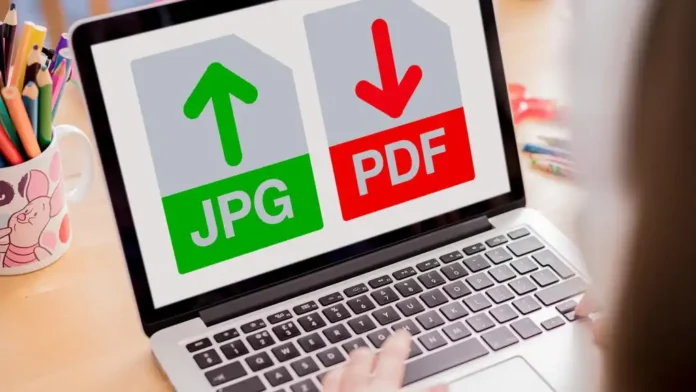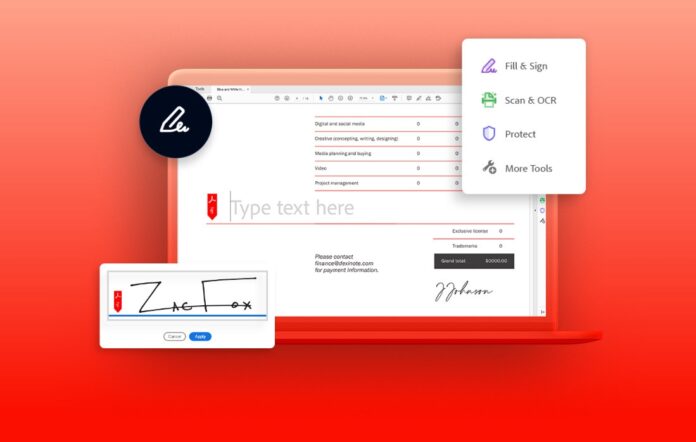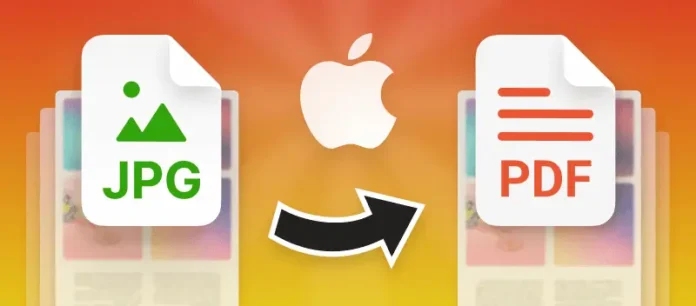Converting images to a specific file type doesn’t have to feel like solving a Rubik’s Cube. Whether you’re organizing receipts, sending scanned documents, or saving your favorite memes, making the switch from JPG to PDF can be simple and hassle-free. Let’s cut through the noise and get straight to it.
Key Points:
- Choose the right tools for fast conversion.
- Stay efficient with online platforms.
- Explore built-in software options.
- Ensure output quality meets your needs.
1. Why Convert JPG Into PDF Anyway?

Sometimes life throws you formats that don’t fit the occasion. A JPG is great for photos and single images, but it’s not always practical for documents or files you need to share. PDFs step in when you want to keep everything neat and locked in place—no surprises when someone opens the file on their end.
To get started quickly, check out this handy tool for converting jpg and pdf. It’s simple, free, and works like a charm without unnecessary clutter.
2. Online Platforms – Quick and Convenient
Online tools are your fastest route. No downloads, no installations, no drama. Platforms like SmallPDF or the one mentioned above let you drag, drop, and convert.
Steps to Use Online Tools:
- Open the website on your browser.
- Upload your image by dragging it onto the screen or clicking “Choose File.”
- Wait a few seconds for the process.
- Download your PDF and save it wherever you need.
Why use online tools? They’re fast, accessible from anywhere, and don’t require you to clutter your computer with new apps. But always ensure the site is secure—your files deserve privacy.
3. Built-In Software You Already Have
Your computer might already have what you need. Both Windows and macOS come with features to handle conversions.
For Windows:
- Open the JPG in Photos.
- Press Ctrl + P or click the Print icon.
- Select “Microsoft Print to PDF” as the printer.
- Choose your destination folder and hit “Save.”
For macOS:
- Open the image in Preview.
- Click “File” and choose “Export as PDF.”
- Name your file, choose a location, and save it.
No downloads, no extra tools—just a few clicks and you’re done.
4. Mobile Apps for Conversions on the Go

Need something while running errands or sipping coffee at your favorite café? Mobile apps get the job done right from your pocket.
Apps to Try:
- Adobe Scan: Perfect for scanned documents.
- CamScanner: A versatile option with extra features.
- Genius Scan: Focused on simplicity and speed.
How It Works:
- Open the app and upload your image.
- Tap the option to convert to PDF.
- Save the file directly to your device or cloud storage.
With apps, you don’t need a computer—just your phone and an internet connection.
5. Offline Tools for Bigger Jobs
If you’re handling a batch of files or working with sensitive data, offline tools offer better control.
Popular Options:
- Adobe Acrobat: Professional-grade features but with a price tag.
- GIMP or Photoshop: If you already use them, they can save images as PDFs.
- Free Software: Look for lightweight apps like PDFCreator.
Steps for Adobe Acrobat:
- Open Acrobat and click “Create PDF.”
- Select the JPG you want to convert.
- Adjust settings if needed, then save your file.
Offline tools are a solid choice for professionals or anyone concerned about security.
6. Tips to Keep Quality Intact
Converting formats doesn’t mean sacrificing image quality. A few tricks can help preserve sharpness and clarity.
Pro Tips:
- Use high-resolution images whenever possible.
- Adjust settings for image compression before saving.
- Check the output file to ensure no distortion.
Whether it’s for personal use or business, ensuring quality makes your files look polished and professional.
7. Common Problems and Easy Fixes
Let’s face it—tech doesn’t always cooperate. Conversion tools can throw curveballs, but most issues have simple solutions.
Frequent Issues:
- File Too Large
Reduce size with online compression tools before conversion. - Blurry Output
Re-check resolution settings in your tool or app. - Unsupported Format
Save your image in a standard format first (e.g., JPEG instead of JPG).
Being prepared keeps frustration at bay.
8. When to Choose Paid Tools Over Free Ones
Not every job calls for spending money, but premium tools can be worth it for advanced needs.
Benefits of Paid Tools:
- Batch processing saves time for multiple files.
- Extra security for confidential documents.
- Customization options like adding watermarks or annotations.
Weigh the cost against your requirements. If free tools meet your needs, stick with them.
10. Batch Conversions Made Simple

Handling multiple images can feel overwhelming without the right tools. For batch conversions, look for software that supports queueing files in one go. Tools like Adobe Acrobat or specific PDF converters let you upload a folder and convert all the images at once. This method saves significant time, especially for projects involving dozens of files.
11. Cloud Storage Integration for Instant Access
Connecting your conversion tool to cloud storage platforms like Google Drive or Dropbox can streamline the process. Many online converters and apps allow direct imports from and exports to these platforms. It eliminates the need to download and re-upload files, making the workflow smoother and faster, particularly for those managing shared files across teams.
12. Security Tips for Sensitive Files
When working with private or sensitive images, always prioritize security. Avoid unverified online tools and opt for software that offers offline usage or encrypted connections. Look for services that explicitly state no storage or retention of uploaded files. By taking these precautions, you ensure your data remains safe while still getting the job done efficiently.
13. Wrap-Up: Choosing What Works for You
Whether you prefer online tools, built-in software, or apps on the go, the best option depends on your situation. Experiment with a few methods to see what fits your workflow. The goal? Faster conversions without headaches.
Make sure your next format flip is effortless. Save time, reduce stress, and keep your files looking great. Got any favorite tools or tips? Drop a comment and share the love!




